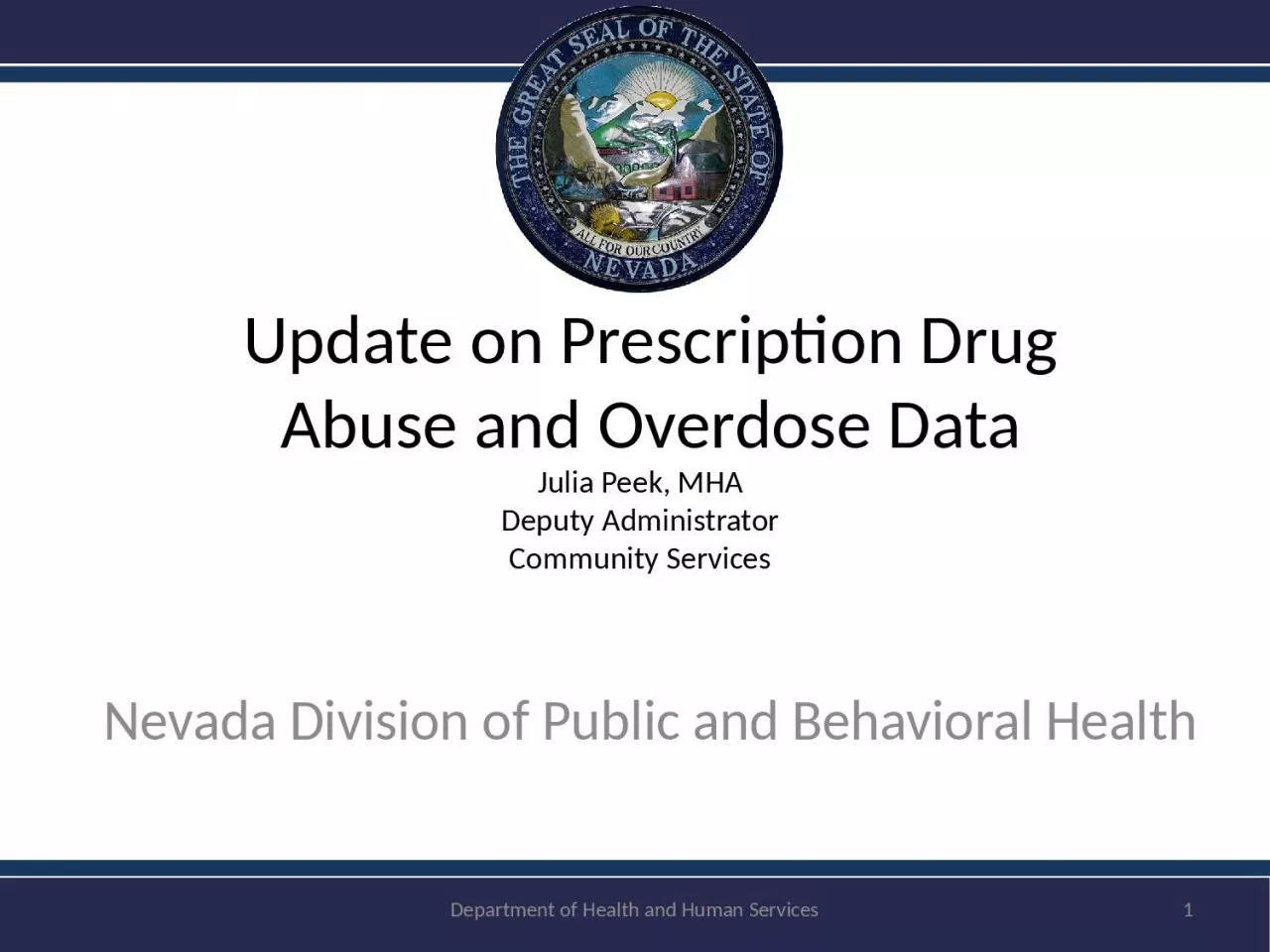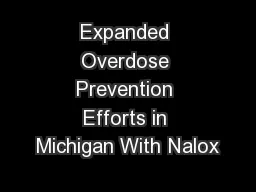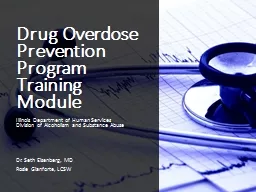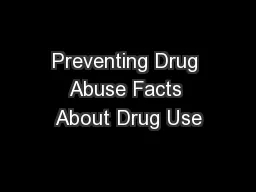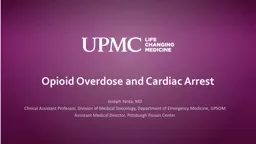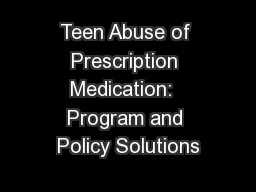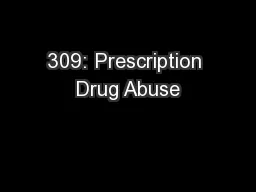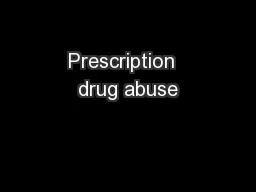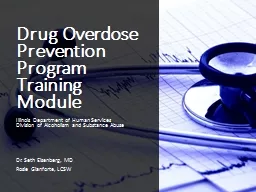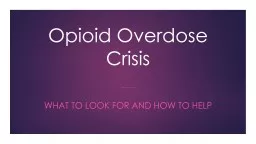PPT-Update on Prescription Drug Abuse and Overdose Data
Author : felicity | Published Date : 2024-01-29
Nevada Division of Public and Behavioral Health Department of Health and Human Services 1 Julia Peek MHA Deputy Administrator Community Services Overview Prescribing
Presentation Embed Code
Download Presentation
Download Presentation The PPT/PDF document "Update on Prescription Drug Abuse and O..." is the property of its rightful owner. Permission is granted to download and print the materials on this website for personal, non-commercial use only, and to display it on your personal computer provided you do not modify the materials and that you retain all copyright notices contained in the materials. By downloading content from our website, you accept the terms of this agreement.
Update on Prescription Drug Abuse and Overdose Data: Transcript
Download Rules Of Document
"Update on Prescription Drug Abuse and Overdose Data"The content belongs to its owner. You may download and print it for personal use, without modification, and keep all copyright notices. By downloading, you agree to these terms.
Related Documents

